In pictures: Vitalic's Dijon studio
We see if the Electro enigma has a studio that cuts the mustard
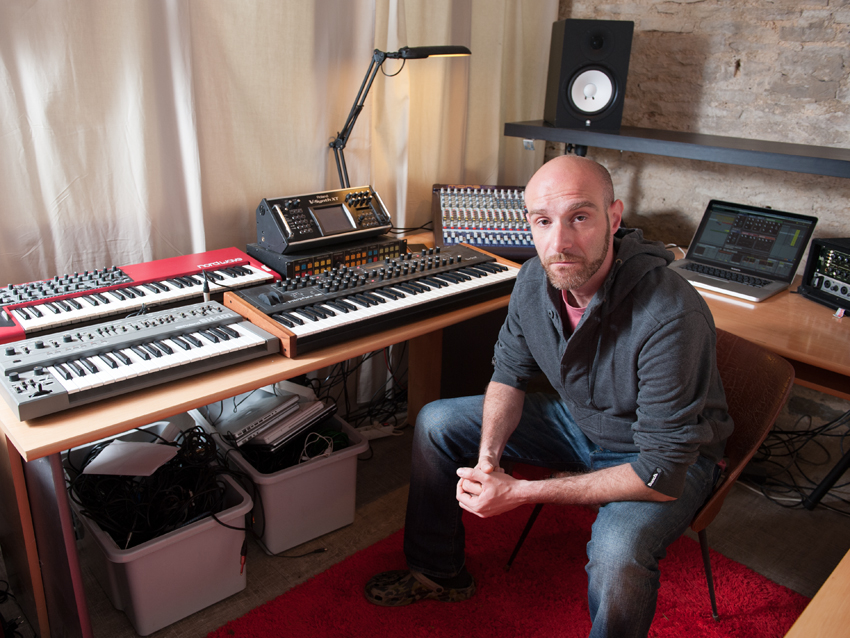
Intro
Vitalic is a man who knows what he wants. He doesn’t always know how to get what he wants, but as far as he’s concerned, in terms of his music that’s no bad thing. He had his first release on DJ Hell’s Gigolo Records, a debut album on PIAS and has remixed some of Electronic music’s most respected artists, including Daft Punk, Björk and Jean Michel Jarre.
The Frenchman, real name Pascal Arbez, started his music-making career on an MS-20 and an Ensoniq Mirage sampler, spending countless hours cutting his teeth by learning to program his synths to mimic his hero Jarre’s unique tones. His first single, La Rock 01, released in 2001, became a summer anthem and four years later his debut album, OK Cowboy, matched its acclaim. Two albums and a whole heap of remixes later and he’s currently embarking on an epic tour, incorporating visuals and a live band. We take a look around Vitalic’s studio in Dijon, France, see his approach to music-making and hear about his ever-morphing studio gear.
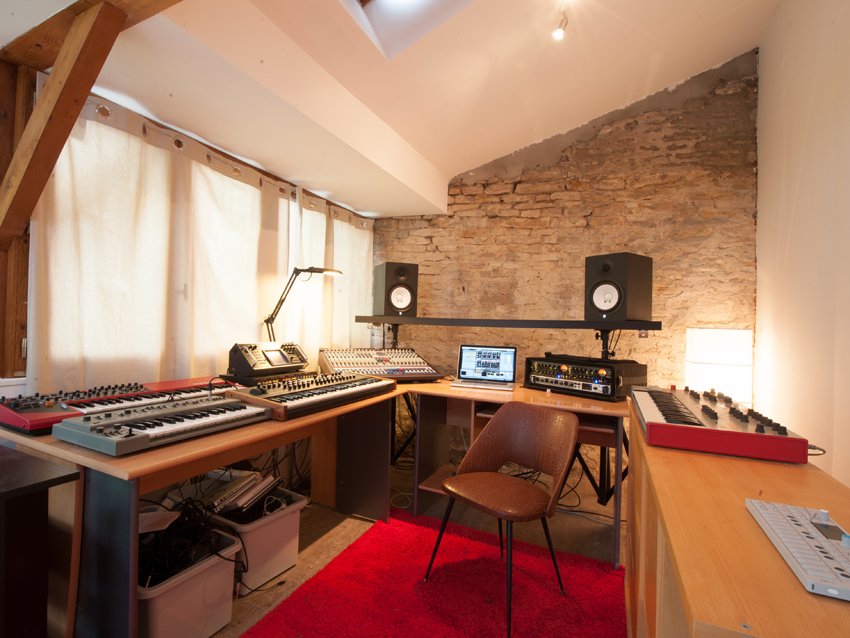
The studio
“I went to Japan and I bought a MemoryMoog, but the machine is still getting repaired. It worked in the shop when I bought it, but when it arrived in France it stopped... I’d like to get the ARP 2600 – I love the sound of that. I’d love to get the Analogue Solutions Tereshkova, too.
"I think modular synths are the next step, but I’m not the kind of person who spends hours researching things online. I much prefer to go to a shop, try it and buy it right there. I’m too impatient to wait for things to be delivered!”
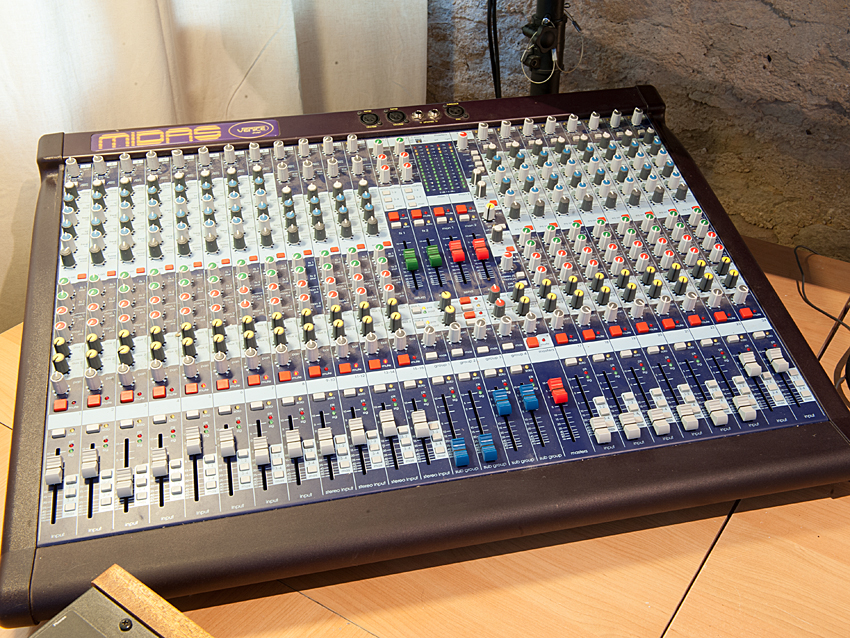
MIDAS Venice
“I started to use it on stage and adapted it for the studio later. I like its sound a lot and it’s very convenient.”
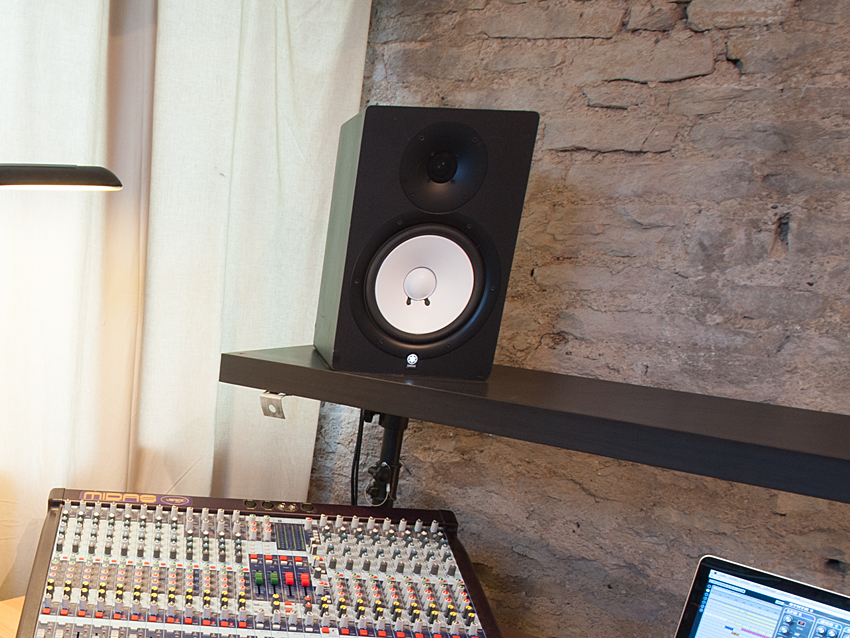
Yamaha HS80 monitors
“They sound clear and powerful enough to make music even at a quieter level.”
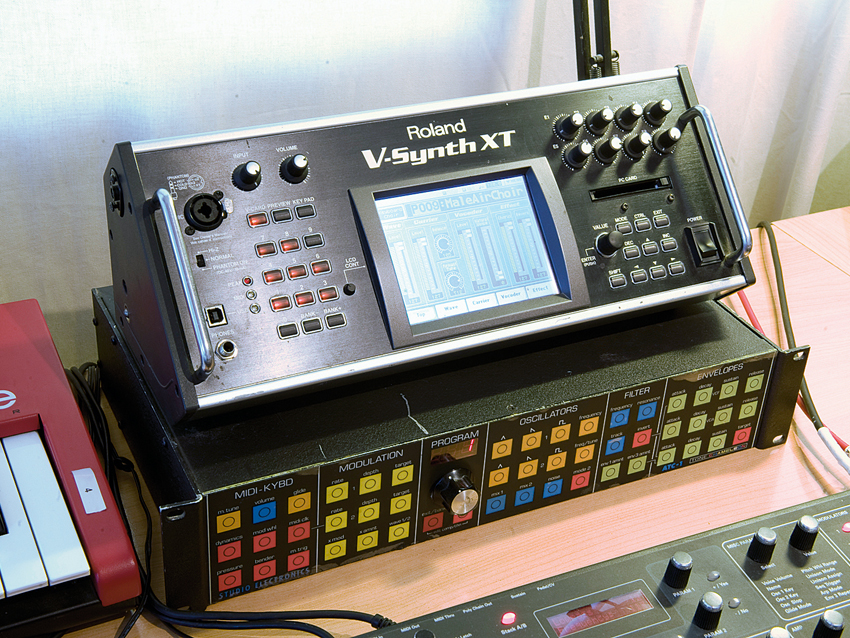
Roland V-Synth XT
“A beast capable of anything, from great analogue-like sequences, rich pads and above all a great vocoder and voice processor.”
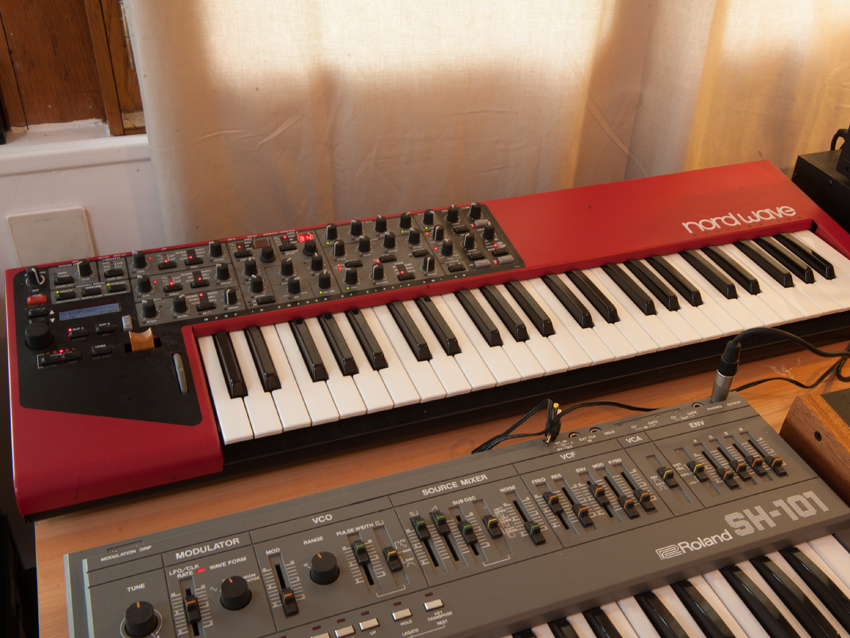
Nord Wave
“The classic Nord sound engine combined with samples of real instruments. Perfect for scores or more unusual sounds.”
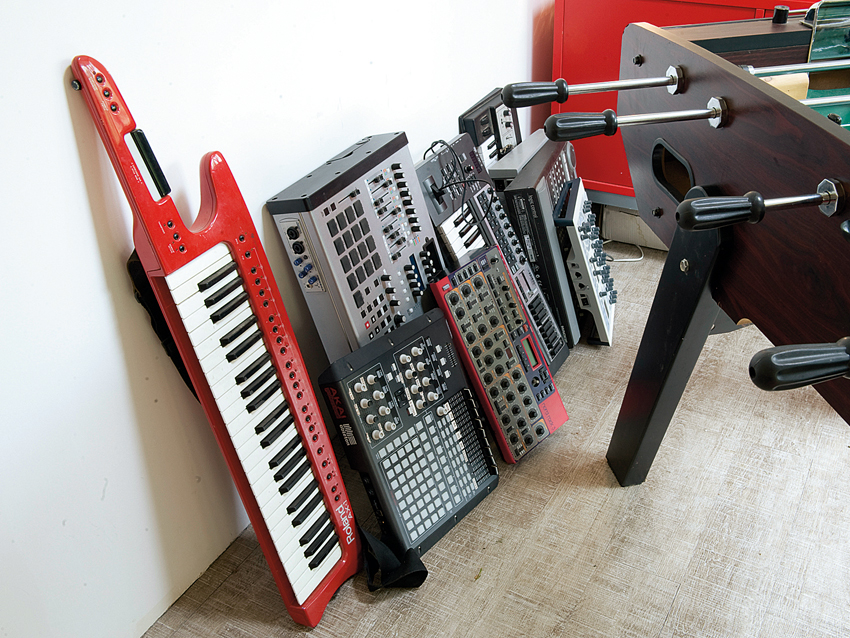
Live gear
“My studio has always been a bit spread out. I have three different types of live show and I live between Paris and Dijon, so I have lots of different bits of equipment all over the place. But to be honest, I like to limit myself when I’m making an album. When I made the EP I only had an Elka Synthex, a Mirage sampler – even though I don’t really consider that an instrument – and an RSF Kobol...”
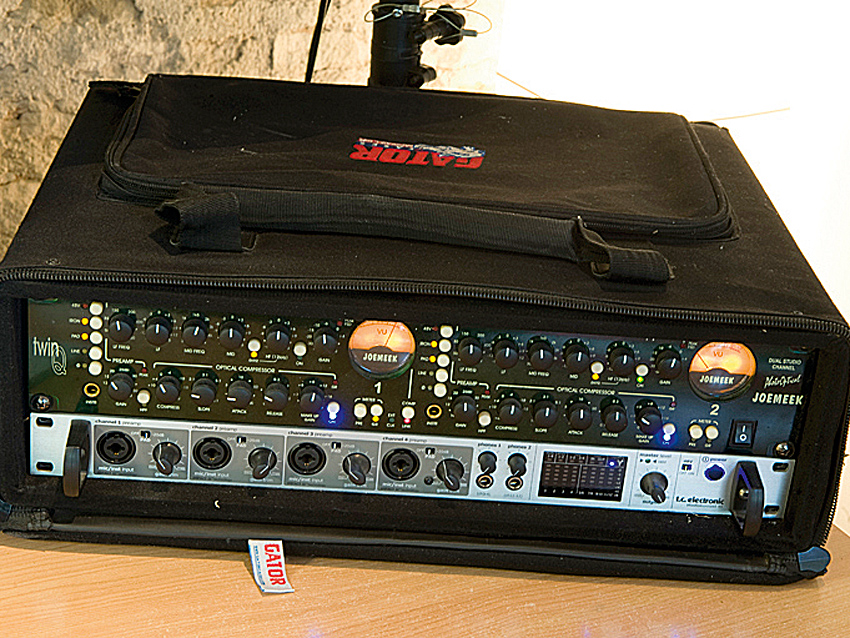
Joe Meek TwinQ2
“Another piece of equipment I first started to use for live shows. It’s easy to use and instantly warms up sounds that require some punch."
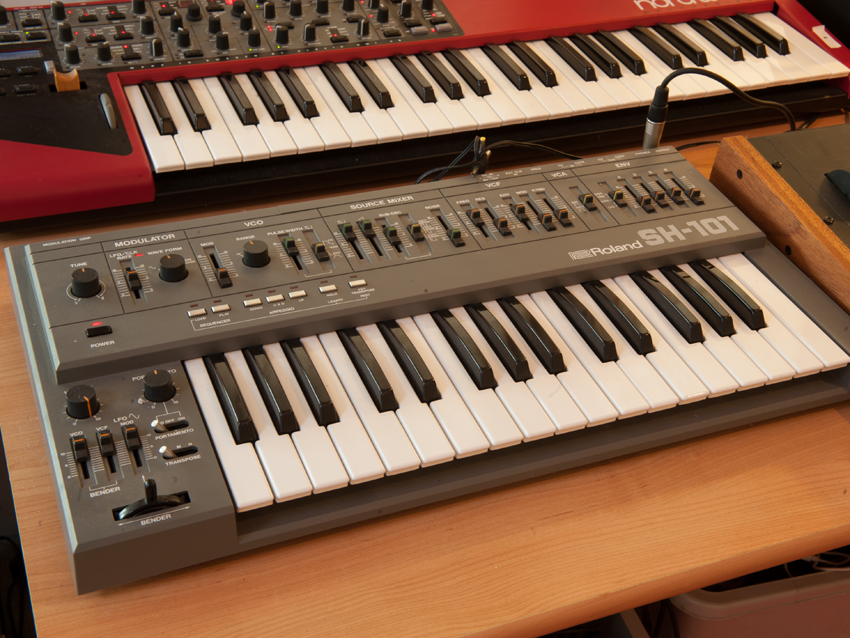
Roland SH-101
“Classic piece of equipment, great for basses, blips and leads. Easy to use and fast to program.”
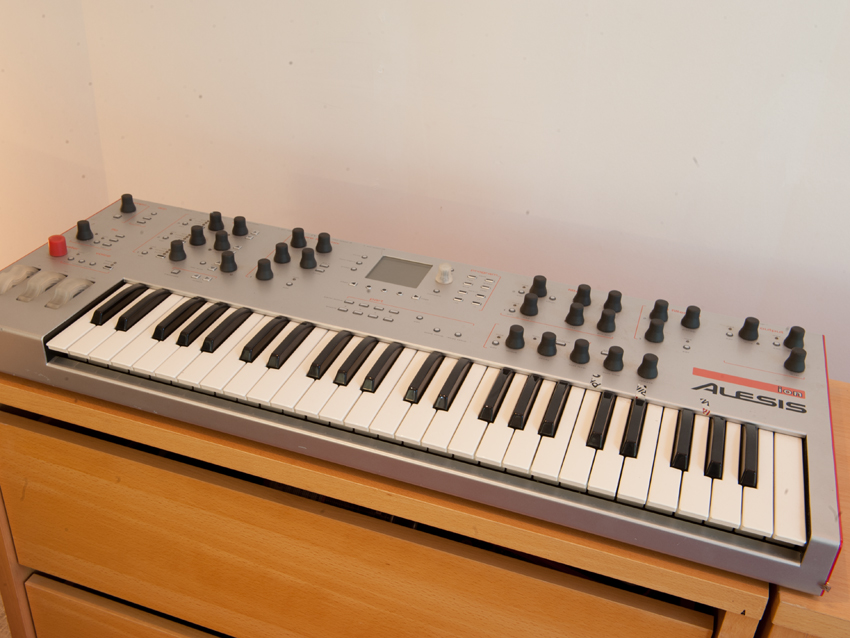
Alesis ION synth
“It’s digital but really punchy and there is something really tight in the high end that makes it special. The FX section is really good too.”
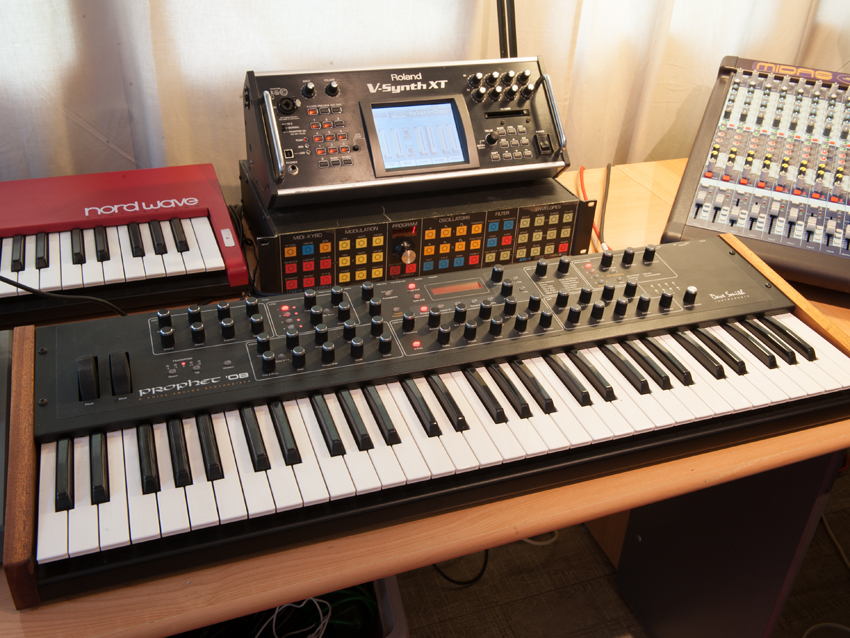
Dave Smith Instruments Prophet 08
“I make most of my stereo polyphonic sequences and arpeggios with this. The sequencer on it is a lot of fun.”
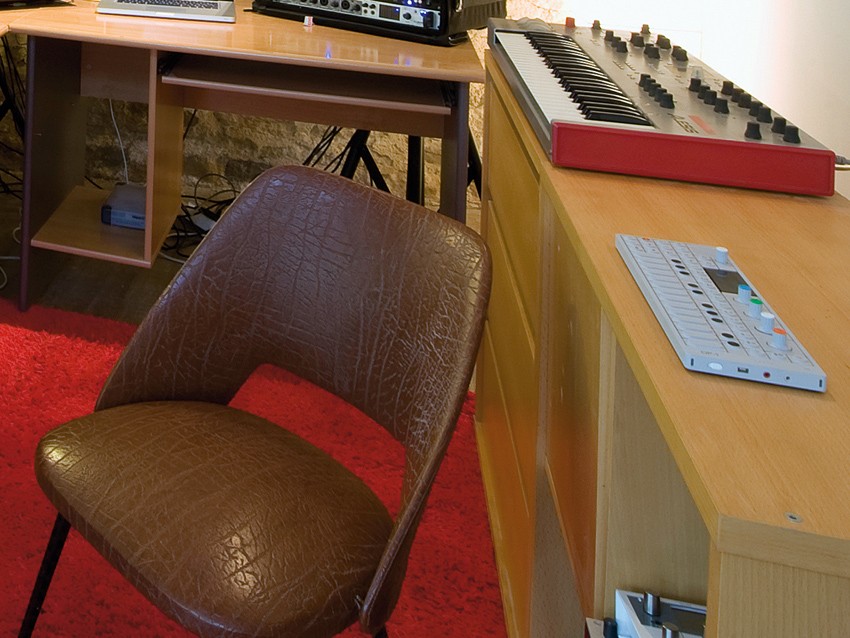
Teenage Engineering OP-1
“Its design and the whole concept make it a very special little thing, and certainly not a toy. I love the powerful bass sounds and the gritty FX.”

Future Music is the number one magazine for today's producers. Packed with technique and technology we'll help you make great new music. All-access artist interviews, in-depth gear reviews, essential production tutorials and much more. Every marvellous monthly edition features reliable reviews of the latest and greatest hardware and software technology and techniques, unparalleled advice, in-depth interviews, sensational free samples and so much more to improve the experience and outcome of your music-making.











